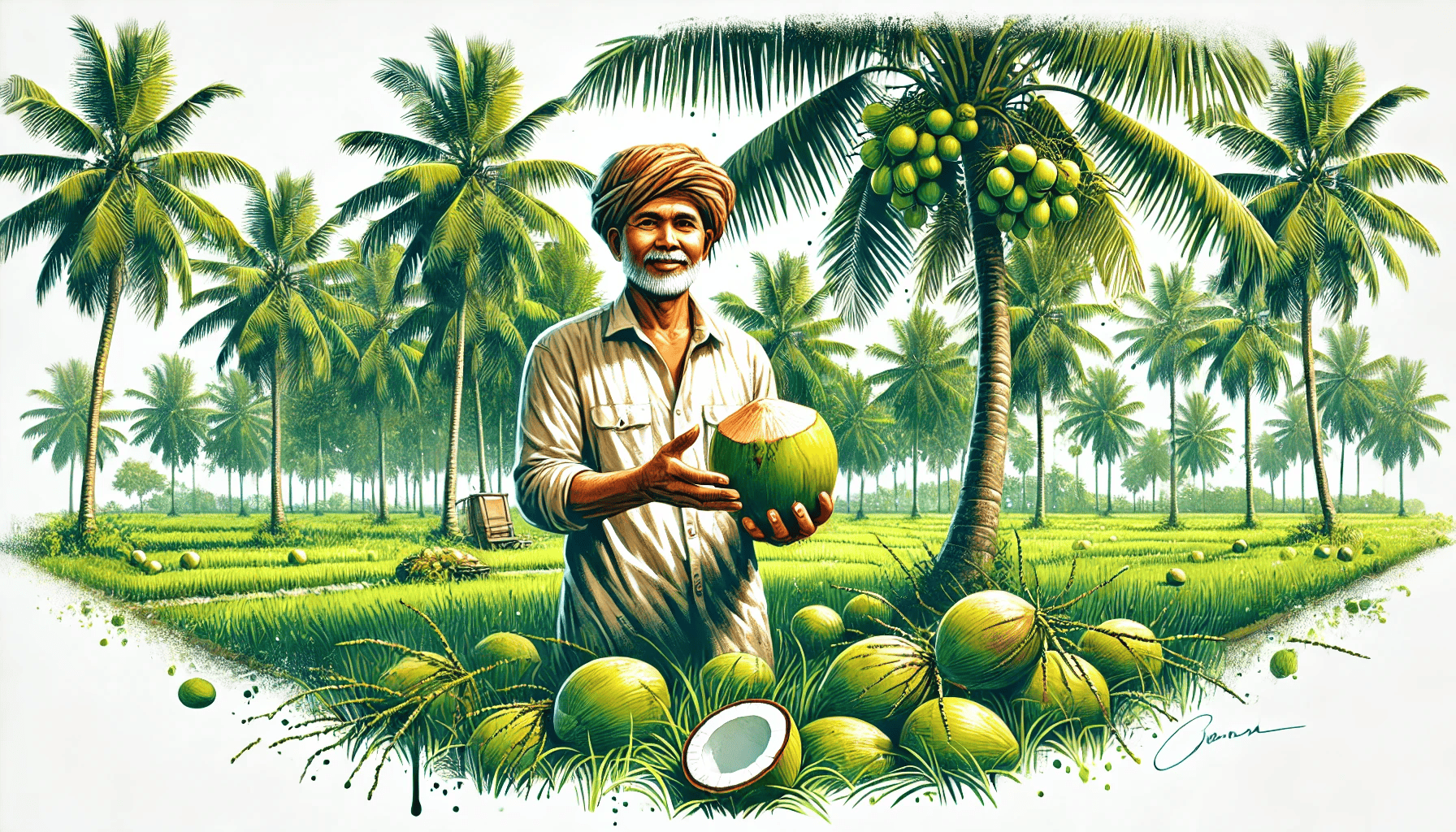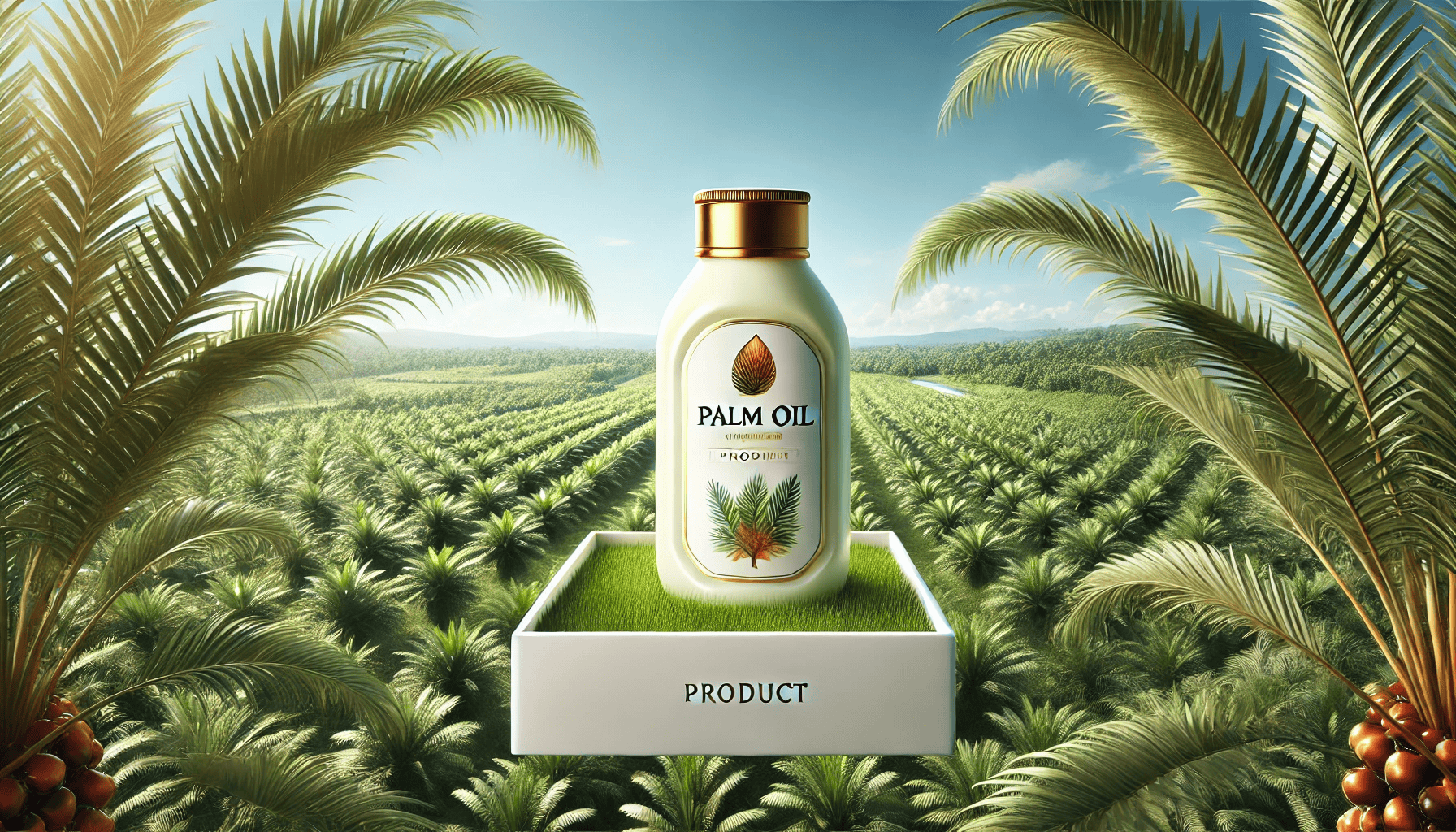
Tips for Maximizing Coconut Production Yield
Coconut farming is a vital agricultural activity that supports millions of farmers and contributes significantly to the global supply chain. As demand for coconut products continues to rise, maximizing the yield of coconut production has become a priority for farmers. Achieving high production yields involves implementing efficient farming practices, proper maintenance, and utilizing innovative technologies. This article explores practical tips to help coconut farmers optimize their production and ensure better income opportunities.
1. Select the Right Coconut Variety
Choosing the right coconut variety is essential for optimizing production. Some varieties are better suited to specific climates, soil conditions, and farming practices. Consider the following:
- Hybrid Varieties: Hybrid coconuts are known for their higher yield and better resistance to diseases.
- Dwarf vs. Tall Varieties: Dwarf varieties produce coconuts faster, while tall varieties are known for longevity and consistent production.
Farmers should select varieties based on their regional conditions, goals, and market demand.
2. Implement Proper Soil Preparation
Healthy soil is the foundation for successful coconut farming. Proper soil preparation ensures optimal nutrient availability and strong root development. Follow these soil preparation tips:
- Test the Soil: Conduct regular soil tests to determine nutrient deficiencies or imbalances.
- Apply Organic Matter: Incorporate compost or organic matter to improve soil fertility and structure.
- Maintain Proper Drainage: Avoid waterlogging by ensuring proper drainage in the plantation area.
- Utilize Mulching: Use organic mulch to retain moisture, regulate soil temperature, and prevent weed growth.
Well-prepared soil will support better root growth and improve the overall health of coconut palms.
3. Ensure Adequate Water Supply
Water is vital for the growth and productivity of coconut palms. Ensure your plantation has sufficient water by following these practices:
- Drip Irrigation: Employ efficient irrigation methods such as drip irrigation to conserve water while ensuring roots receive adequate hydration.
- Rainwater Harvesting: Collect and store rainwater for irrigation during dry spells.
- Monitor Water Stress: Watch for signs of water stress, such as wilting fronds or yellowing leaves, and address them immediately.
Providing consistent and adequate water supply will prevent the stunting of coconut growth and lower the risk of yield losses.
4. Provide Proper Nutrition to Coconut Palms
Nutrition plays a key role in ensuring that coconut palms remain healthy and productive. Proper fertilization boosts the plant's ability to resist diseases and maximize fruit production. Tips for effective fertilization include:
- Apply Balanced Fertilizers: Use fertilizers with the right mix of nitrogen (N), phosphorus (P), and potassium (K) to support growth and productivity.
- Regular Application: Fertilize at regular intervals, especially during the flowering and fruiting stages.
- Use Micronutrients: Supplement key micronutrients such as magnesium, zinc, and boron, which are essential for healthy palm development.
Always monitor soil health to avoid over-fertilization, which can harm the plants.
5. Manage Pests and Diseases Effectively
Pests and diseases are major threats to coconut production. Effective pest and disease management strategies are critical to maintaining healthy palms and ensuring consistent yields. Follow these steps:
- Regular Monitoring: Inspect your plantation regularly for signs of pests or diseases.
- Integrated Pest Management (IPM): Combine biological, cultural, and chemical control methods to manage pest populations sustainably.
- Use Resistant Varieties: Plant disease-resistant coconut varieties to reduce the risk of outbreaks.
- Proper Sanitation: Remove and destroy infected fronds or fallen coconuts to prevent the spread of pathogens.
Timely and efficient pest and disease management can save crops and protect overall yield potential.
6. Prune Your Coconut Palms Regularly
Pruning is vital for maintaining the health and productivity of coconut palms. Regularly removing dead or damaged fronds allows the plant to focus energy on producing new fruits. Tips for effective pruning:
- Remove Dead Fronds: Regularly cut dead and damaged fronds to reduce the risk of diseases and pests.
- Thin Out Overcrowded Palms: If palms are overcrowded, selective pruning will ensure proper sunlight penetration and air circulation.
- Prune at the Right Time: The best time to prune is during the dry season to avoid introducing pathogens.
Well-maintained coconut palms produce higher yields and are less susceptible to diseases.
7. Ensure Timely Harvesting
Coconuts must be harvested at the right stage of maturity to ensure optimal market value and minimize losses. Follow these guidelines:
- Harvest at the Right Stage: Monitor the maturity of coconuts. Harvest mature coconuts when they are fully developed and have the right amount of water content.
- Avoid Delayed Harvesting: Leaving coconuts on the palm for too long can lead to damage, pest infestations, or lower quality.
- Train Workers: Ensure workers are trained in proper harvesting techniques to minimize damage to the palms and coconuts.
Timely harvesting leads to higher-quality coconuts and ensures better returns on investment.
8. Adopt Modern Farming Technologies
Modern agricultural technologies can significantly enhance the efficiency and productivity of coconut farming. Consider integrating the following technologies:
- Precision Agriculture Tools: Use GPS mapping, drones, and sensor technology to monitor soil conditions, water levels, and crop health.
- Drip Irrigation Systems: These systems conserve water and provide targeted irrigation to ensure consistent plant health.
- Weather Monitoring: Use weather stations to track rainfall, wind, and other climatic conditions that may impact coconut growth.
Modern technologies empower farmers to make informed decisions, reduce labor costs, and improve production yields.
9. Foster Sustainable Agricultural Practices
Sustainability is crucial for long-term productivity and environmental protection. Implement sustainable agricultural methods to ensure a balance between production and environmental conservation:
- Practice Crop Rotation: Rotate coconut farming with other crops to maintain soil fertility and reduce the risk of pests and diseases.
- Reforest Marginal Areas: Plant trees or vegetation in areas with degraded soils to prevent erosion and maintain biodiversity.
- Protect Natural Habitats: Avoid deforestation and engage in community initiatives to conserve local ecosystems.
Sustainable farming practices preserve the environment while supporting continuous coconut production.
10. Train Farmers and Workers
Well-informed farmers and workers are essential to the success of any agricultural operation. Provide training and resources to ensure everyone understands modern farming techniques, disease prevention, and sustainability goals. Training can include:
- Sustainable farming methods
- Best pest and disease management practices
- Proper pruning and irrigation methods
- Safe and efficient harvesting strategies
Equipping workers with knowledge ensures efficient farm operations and better yields.
Conclusion
Maximizing coconut production yield requires a combination of good farming practices, innovative technologies, and sustainable strategies. By selecting the right coconut variety, implementing proper irrigation and soil preparation, maintaining regular health checks, and managing pests and diseases, farmers can achieve higher yields and better income.
Adopting sustainable practices and modern technologies ensures that coconut farming will remain profitable and environmentally responsible for future generations. With dedication, education, and proper management, coconut farmers can optimize their production to meet the growing global demand for this versatile and valuable crop.
 ENGLISH
ENGLISH
 INDONESIA
INDONESIA
 CHINESE
CHINESE

 by
by .jpg)



